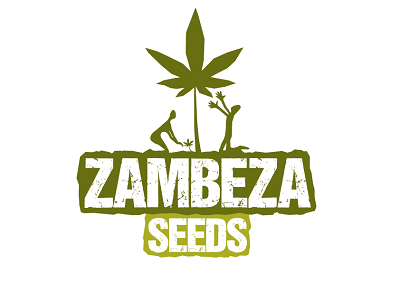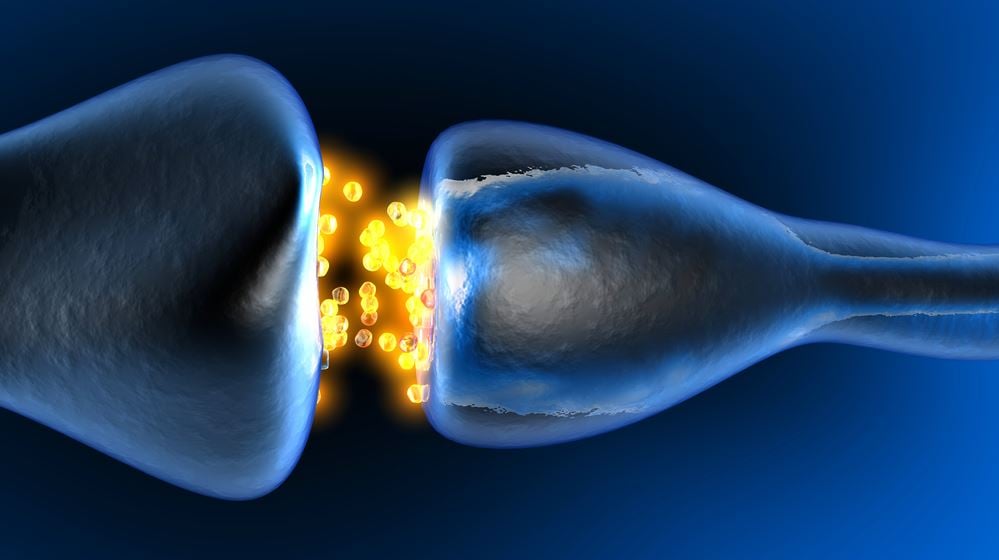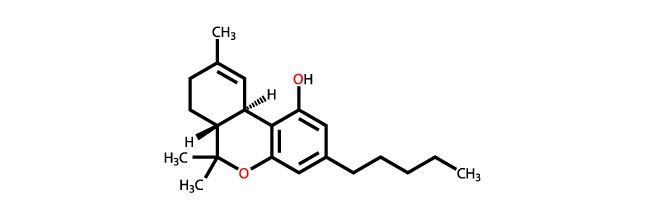Why Is THC Psychoactive And CBD Is Not?
Published :
Mar 30, 2017
Categories :
Medical cannabis

How cannabinoids exert their action on our body is still partly unknown. Here is an overview of science discovering about THC and CBD neuronal signalling, and why such similar substances can trigger different effect in our body and mind. Agonism, antagonism, anandamide, and pleiotropic drugs.
The big family of cannabinoids comprises members with very different characters. How can THC alter the mind so profoundly, and CBD seemingly not at all? The answer stays in our cannabinoid receptors, in our neuronal pathways, and probably somewhere else too. How cannabinoids exert their therapeutic action on a molecular level is still partly unknown. Here we’re going to draw a quick overview on science discovering so far.
CHANNELS AND BINDINGS
Like most other neurological processes, the effects of cannabis on the brain follow the rules of electrochemical signal transmission through neurons. These various chemical signalling cause biological responses, which can be anything from a dizzy head, a pain relief, or part of a complex healing process. Specific chemical receptors are constantly created and reabsorbed by our body.
On a lower level within our complex neuronal transmission system, we find simple chemical interactions which are called “bindings”. How external molecules bind to our chemical receptors is a fundamental key to understand the relation between humans and the substances.
In extreme synthesis, an important difference between CBD and THC is the biochemical mechanisms by which these slightly different molecules actually bind with an animals’ cannabinoids receptors. THC binds well with a specific neuronal receptor named CB1, while CBD binds mostly with the receptor CB2. CB1 receptors are located in the brain and the central nervous system. CB2 receptors are located anywhere in the body, particularly within the immune system.
These cannabinoid receptors usually have to deal with cannabinoids produced by animals’ own body. When we assume cannabis, cannabinoids from the outside world enter the bloodstream and reach the brain, the immune system, and who knows what else. This way, our neuronal receptors also have to deal with phytocannabinoids coming from outside.
THC AND ANANDAMIDE
When a THC molecule binds with CB1 receptors, it artificially takes the role of anandamide, which is our “feel good” body-produced cannabinoid. Anandamide can increase appetite and enhance our senses of pleasure, such as the pleasure associated with food consumption. Anandamide is also one of the body-produced compounds responsible for the rewarding effects of physical exercise. This animals’ own cannabinoid also plays a role in memory, motivation and pain perception.
The beloved cannabinoid named THC closely resembles anandamide, and it binds to the same neuronal receptors. THC partially mimics and enhance the effects of anandamide, and researchers call THC a “CB1 receptor agonist”. This “agonism” allows THC to produce some of those same blissful feelings that anandamide does generate in our body and brain.
Even if CBD doesn’t bind too much with CB1 receptor, this cannabinoid is able to influence the anandamide lifecyle too. Infact it stimulates endogenous CB1 signalling by suppressing the enzyme fatty acid amide hydroxylase (FAAH). This enzyme breaks down anandamide when our body considers it no more necessary. When CBD inhibits FAAH it actually slows down the breakdown of anandamide, which remains present in the body for a longer duration with the effects you already experienced. More anandamide means greater CB1 activation, and more medicinal (or ricreative) effect. In this case, CBD potentiates and extend the duration of some of the “good” effects of THC.
AGONISM AND ANTAGONISM
Research suggests different biochemical pathways through which CBD may exert its effects. Now that we know THC is an agonist of one of our brain’s receptors, we can try to understand what researchers mean when they say CBD is an antagonist of CB1 agonists. Cannabidiol doesn’t bind well with CB1 receptors, but it can act as an indirect antagonist of their agonists. Well, read the last sentence a couple of times and it will sound clearer. CBD doesn’t fit with CB1 receptors, yet it reduces or “antagonises” the effect of THC by partially blocking CB1 receptors. This can decrease THC’s effects like anxiety, or other typical effects of a cannabis high. That’s it.
Finally, we should remind that cannabidiol is a pleiotropic drug, meaning it produces different effects through multiple molecular pathways within our body. Research is proving that CBD acts through different receptor channels and it also binds with non-cannabinoid receptors but, as opposed to hallucinogenic drugs, it doesn’t bind to receptors that produce excitatory responses.









































